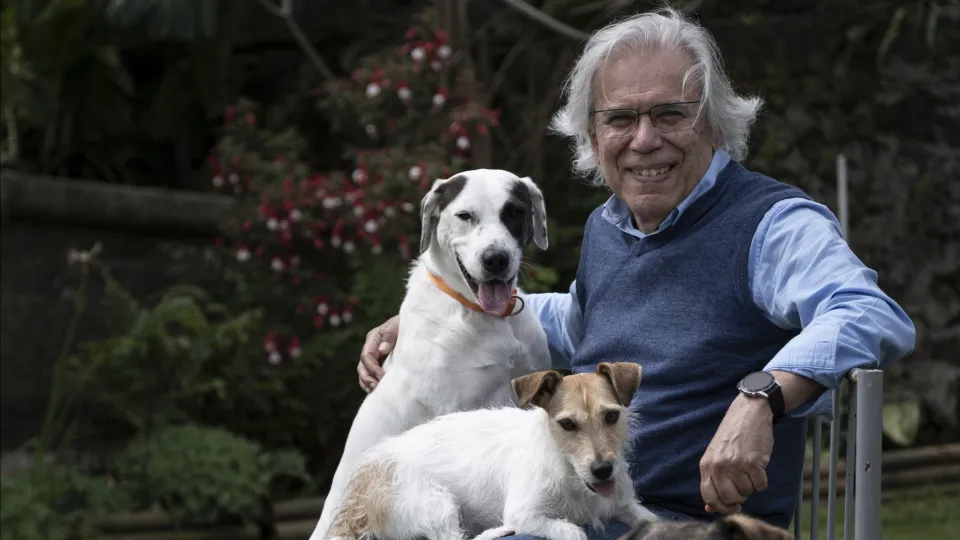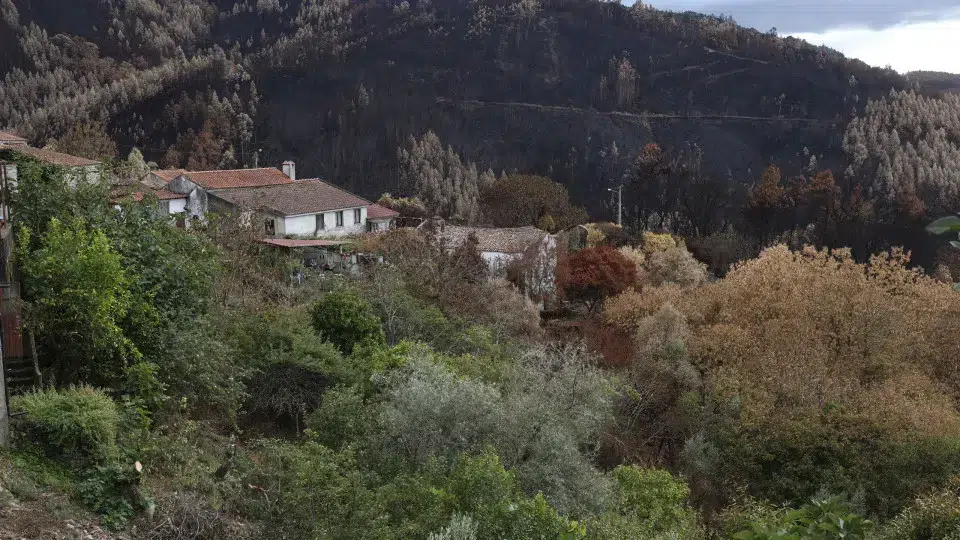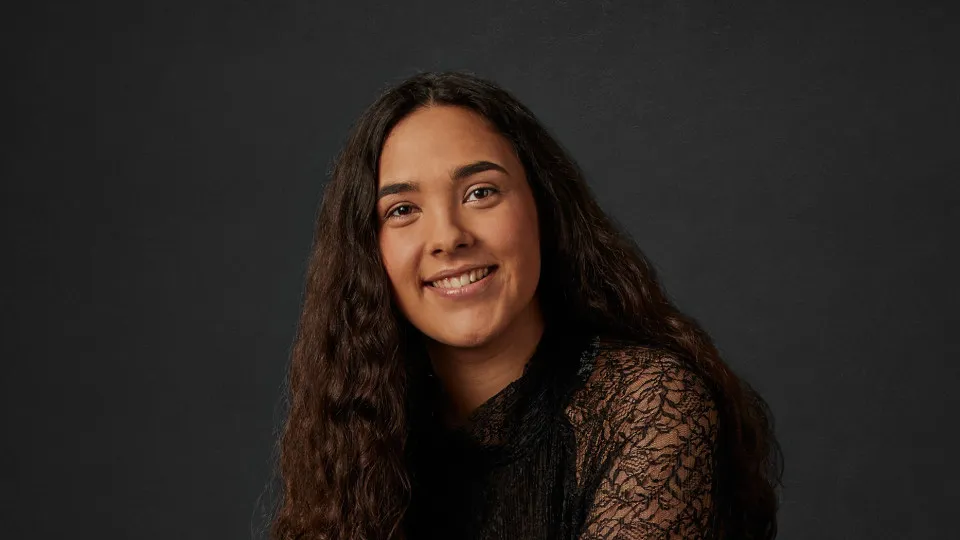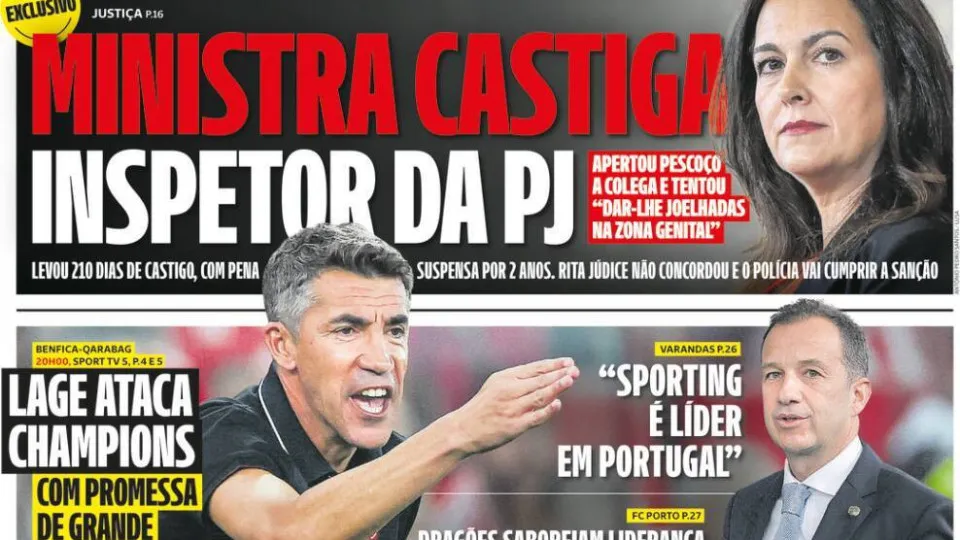
“A Arte do Doutor Palhaço no Contexto da Formação dos Estudantes de Medicina” is the new course unit introduced this year as part of the Integrated Master’s Degree in Medicine at the Faculty of Medicine of the University of Lisbon (FMUL), in collaboration with Operação Nariz Vermelho (ONV).
The entities explain in a statement that the aim is for this course to be included annually in the optional course offerings for FMUL medical students.
“All 20 spots open for this first edition of the course, taught by Dr. Tiago Proença dos Santos in partnership with the artistic director of ONV, Fernando Escrich, have been filled,” they emphasize.
According to FMUL and ONV, this course unit aims to contribute to developing a subjective perspective on doctors’ interactions in a hospital setting, integrating medical practice with an approach centered on the individual’s uniqueness and subjectivity, beyond the illness.
“It is about providing a set of strategies and tools from the Doutor Palhaço of Operação Nariz Vermelho that may be useful to medical professionals at various stages and challenges of their practice,” they highlight.
Luiza Teixeira de Freitas, president of ONV, emphasizes that “the growth of Operação Nariz Vermelho has always been based on a rigorous partnership with healthcare professionals and a solid scientific basis and validation” of their work.
“It was the combination of these two factors that allowed us to create a course that aims to present the language and methodologies of the Doutores Palhaços to medical students, the future partners we will work with in hospitals, for the humanization of healthcare,” Luiza Teixeira de Freitas stated.
Enhancing the ability to understand others’ conditions and needs beyond the clinical situation, reinforcing listening to build trust, and sharing the strategies and tools of the Doutor Palhaço, opening up possibilities for their integration into clinical practice, are the main objectives of this course unit.
Tiago Proença dos Santos, a pediatric neurologist and the course director, emphasizes the importance of cultivating more human listening and a more conscious presence in medical training.
“For this reason, we developed, together with ONV, this course unit where students are invited to cross the bridge between science and art, taking inspiration from the practice of the Doutores Palhaços to develop empathy, improvisation, and mindfulness.”
“Each gesture, look, and silence becomes a tool of care, and from the encounter between the doctor and the clown emerges a new way of listening—to oneself, to others, and to the present moment. It is in this space of authenticity that even bad news can be shared delicately, paving the way for more truthful and hopeful relationships,” Tiago Proença dos Santos remarked.
The entities note that the exercises in this course aim at “bringing students closer to and appropriating the values, language, and techniques of the art of the Doutor Palhaço, considering the trainers’ extensive and consistent previous experience in the hospital context.”
Some fundamental principles worked on will be attention, complicity, support, improvisation, and bodily and spatial awareness.
“From the convergence between the professions of Doctor and Doutor Palhaço, it is assumed that greater self-awareness can be developed, serving as a starting point for more humanized interaction with peers, patients, and their caregivers,” they add.




